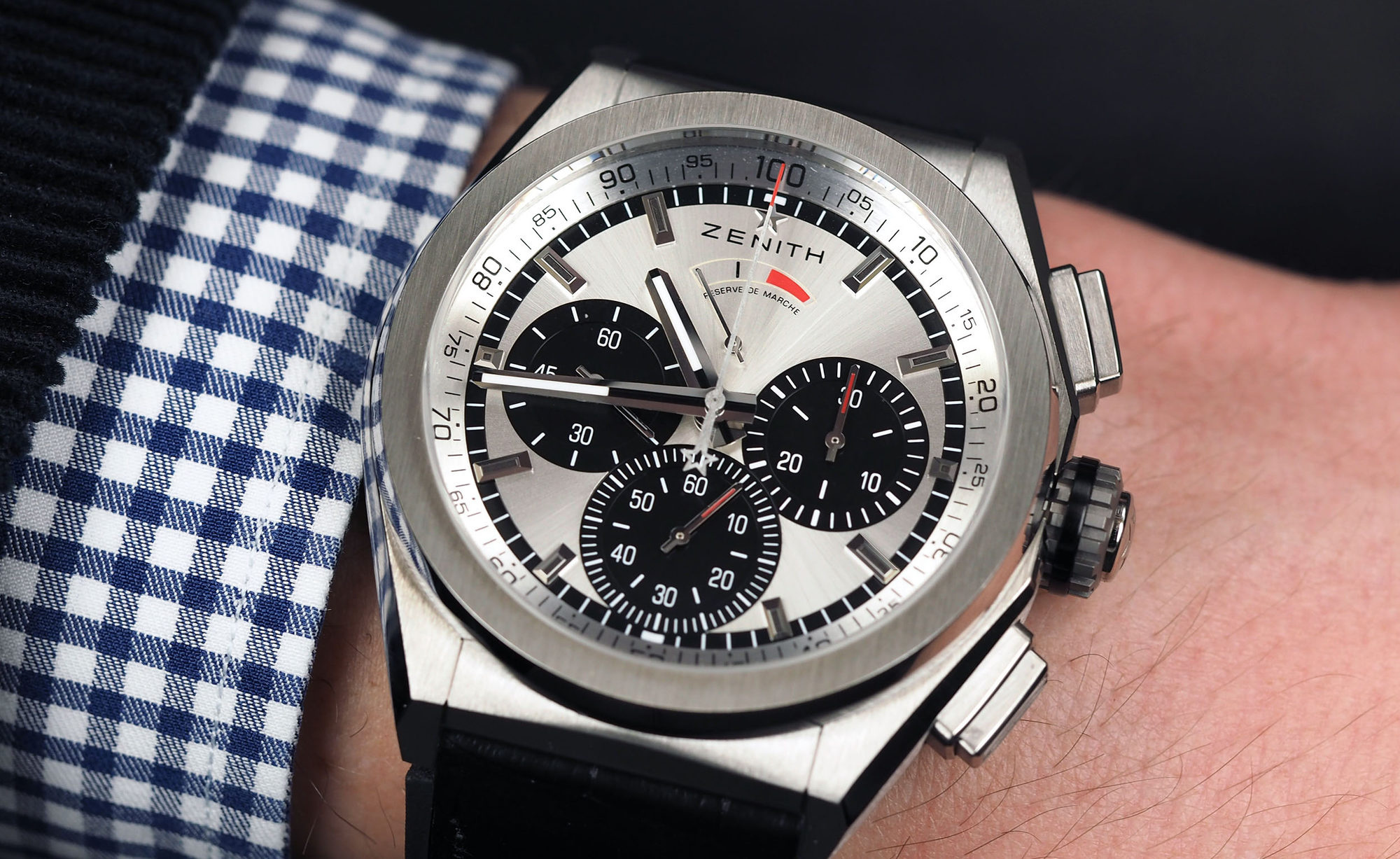

No expense spared when the movement was designed. Now I remove the movement from the case and take the hands and dial off. I work my way through the top plate without taking the movement out – not that it matters – I could have just as well taken the movement out first.īefore taking the balance out, I remove the top jewel for cleaning.Īs I remove the components, I make sure to take a photo of each component with its screws – this will make putting the movement together a lot easier. Hopefully, cleaning it will set this right. The timegrapher confirms this – the lines aren’t straight, and the watch is gaining. You can see the dirt quite well in this photo. If you click on the photo to enlarge it, you can see that there is quite a lot of dirt. Not for the faint-hearted! Apparently, the Zenith calibre 400 has 280 components, of which 225 are different. This is a highly complex chronograph movement, and you got to get it right.

When putting together the watch, I will meticulously follow what the manufacturer prescribed. The hard part is defending the bouncy ball against abduction attempts by my 5 children….įeast your eyes on this! It’s only the top plate assembly as a technical drawing, and what I need here is the oiling chart. If you want to open a watch without risk of scratching, here is a tip I got from Owen Gilchrist – use a small children’s bouncy ball! You just press it against the back and turn it. The case back is as chunky as the rest of the watch. The left sub-dial just has a normal second hand, the middle sub-dial counts the hours the stopwatch has run, and the right sub-dial counts the minutes the stopwatch has run. This is no watch for the faint-hearted, and my wrist wouldn’t take it without additional support 😉 Apparently, Rolex used this movement in the Daytona, albeit in a modified version that only did 8 bps. Form follows function, and I think that’s right for a chronograph. The movement is only sparsely decorated and fairly plain. Nothing gained for accuracy of the watch, but a stopwatch that can measure 1/10s isn’t to be sniffed at. When measuring time with a stopwatch, you want to be able to account for 1/10 of a second, and the only way to do that is to let the movement beat at such a high rate. The movement beats at 36,000 bph / 10 bps, and there is a reason for that. But they decided not to, and that may be the “Defy” bit! Zenith make their own movements, which I can only applaud – too many big name watch manufacturers use third-party movements, and Zenith could have easily used an ETA chronograph movement. This is the 1990 model, and it looks like it’s never been serviced before. There is one thing the “Defy” does not defy – and that is gravity 😉


 0 kommentar(er)
0 kommentar(er)
